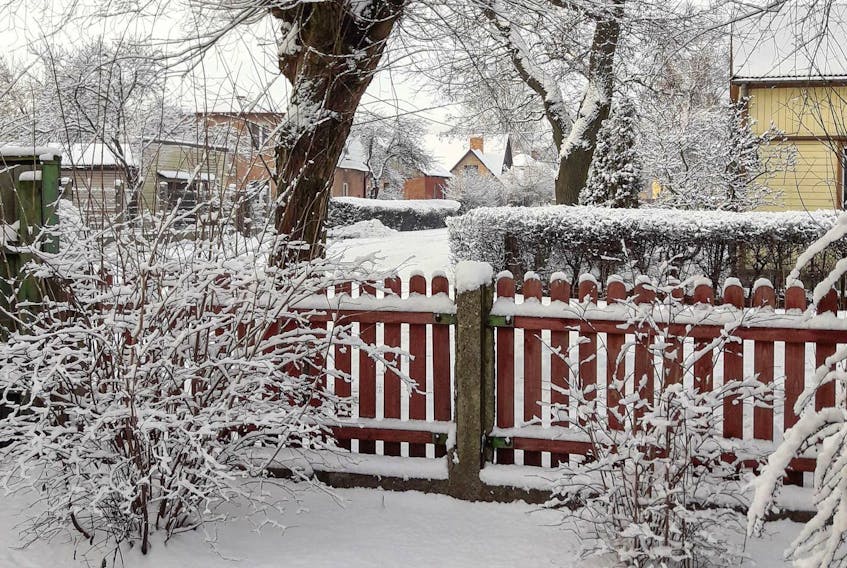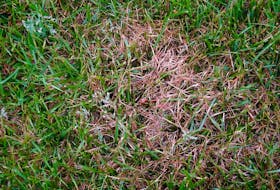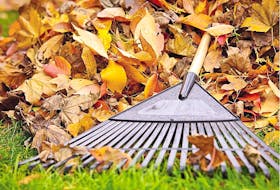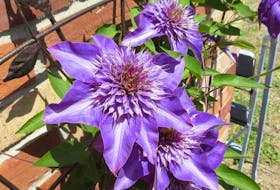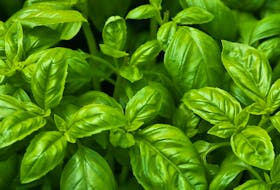It’s safe to say that this has been another terrible winter for the plants in the garden, what with the ups and downs in temperature and the insulating layer of snow seeming to be blow around, more than actually protecting, any of the plants in my beds.
Not to worry, your trees and plants can handle both of these conditions. What they have more trouble with are the ways we, as homeowners, handle these conditions. Specifically, the use of ice melters on our roads, walkways and drives and the products we choose. The savvy gardeners already realize that rock salt doesn’t mix well with grass or with plants.
Rock salt is actually a mineral called halite, which is the mineral form of sodium chloride. This mixes with the snow and melts a portion, creating brine. Brine has a lower freezing point than water, so it eventually melts. As long as there is rock salt present, the melted ice will not refreeze. The other benefit to rock salt is that it is relatively inexpensive as it is easy to make. Halite comes from the evaporation of saltwater.
There are some downsides to this natural product. When rock salt coats the leaves and the bark of trees, plants and shrubs, it slowly will kill them because it prevents osmosis. Spring is even harder on the plants as the brine created by the rock salt starts to soak into the soil and the plants and is absorbed through the roots. Now, plants can handle some levels of naturally occurring sodium, but when we add bags of rock salt to the yard, we push levels way past what the plants can handle.
You may think that the salt stays on the pavement, but the reality is that we are constantly moving the salt from our walkways and drive every time we shovel the snow. Even worse, the plows that clean our roads are banking the rock salt riddled snow onto our lawns.
Rock salt is very tough on our outdoor pets as well. When halite gets trapped between the toes of your dog’s feet, it causes irritation and burning. It can even crack the tender skin in the pads of their feet as the rock salt dries out the moisture. If you come in from a dog walk and your pet is chewing at his or her feet, make sure to wash them off with warm water and clean in between the toes. When ingested, rock salt can cause all kinds of gastrointestinal disorders and issues.
If any of these issues concern you, you might want to consider using ice-melt options. While more expensive, ice melts come from various different materials — they’re primarily comprised of calcium chloride, magnesium chloride, sodium chloride and potassium chloride. Look for ones that are pet and environmentally safe because they are coated with calcium magnesium acetate. While more expensive than rock salt, ice melters are a better option for your yard and your pets.
Carson Arthur is an international landscape designer and media personality with a focus on environmentally friendly design and low maintenance outdoor rooms.

